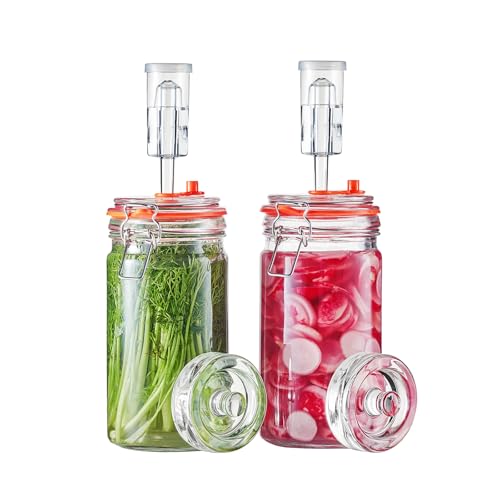BTW, I did some additional reading on fermaidK and its relevence in making wine. When making mead, I beleive that it might be usefull to supply the initial nutrient package into the must of pure fermaidK up to the 1/3 sugar break. Afterwords, up the the 1/2 and 2/3 break switching to fermaid O might be a winner.
I say this because the legal allowable limit for fermaid K is between .25 and .30 grams per liter (
http://www.newineclub.org/Yeast Nut Adds.pdf) . According to this, as earlier discussed in our thread
"YAN Contribution at 25g/hL (2lb/1000gal) = 25gN/L" (typo) mg
At an addition of .25 grams per liter of fermaidK per liter one would be contributing 25 ppm (mg/l) YAN. Which is really not all that much. So if working in mead land, one should use fermaidK to provide micro nutrients and vitamins for than just a DAP source.
So, if one is shooting for large YAN contributions one should use FermaidK in connection with fermaidO or perhaps good oll DAP in a pinch.
So, by mass in mg/l ( after doing a bit of math) and double checking against the last slide of the linked presentation (
http://www.newineclub.org/Yeast Nut Adds.pdf)
One gets
mg/L YAN (PPM) =(.10*(mg/L) fermaidK +.04*(mg/L)*FermaidO+.2(mg/l) DAP).
So pretty much, this means insert the mg/L used of each of the substances to get the total YAN contributions.
So if we plug in the legal limit of 250 mg/L fermaid K we get ourselves a 25 mg/l allowable yan contribution from fermaid K. This is fine for working with grape wine, but not so much in mead. So now we have to choose to use DAP or Fermaid O.
So lets say we wanted to do 300 mg/L yan. Our fermaid K addition brings us down to 275 mg/l needed.
275 mg/l = .04*(mg/L)*FermaidO
275/.04= mg/l FermaidO
6875 mg/l fermaid O needed.
Divide this out by 1000 to get grams per liter needed and we get 6.875 grams per liter fermaid O needed in addition to the .25 grams per liter K needed.
The way I would do this would be to rehydrate the yeast in go ferm, and then and add all of the fermaid K and 1/3 of the fermaid O prior to fermentation and I would then add the rest of the fermaid O at the 1/3 sugar break as and up to the 1/2 or 2/3 sugar break depending on how concerned you are about under utilized nitrogen.











